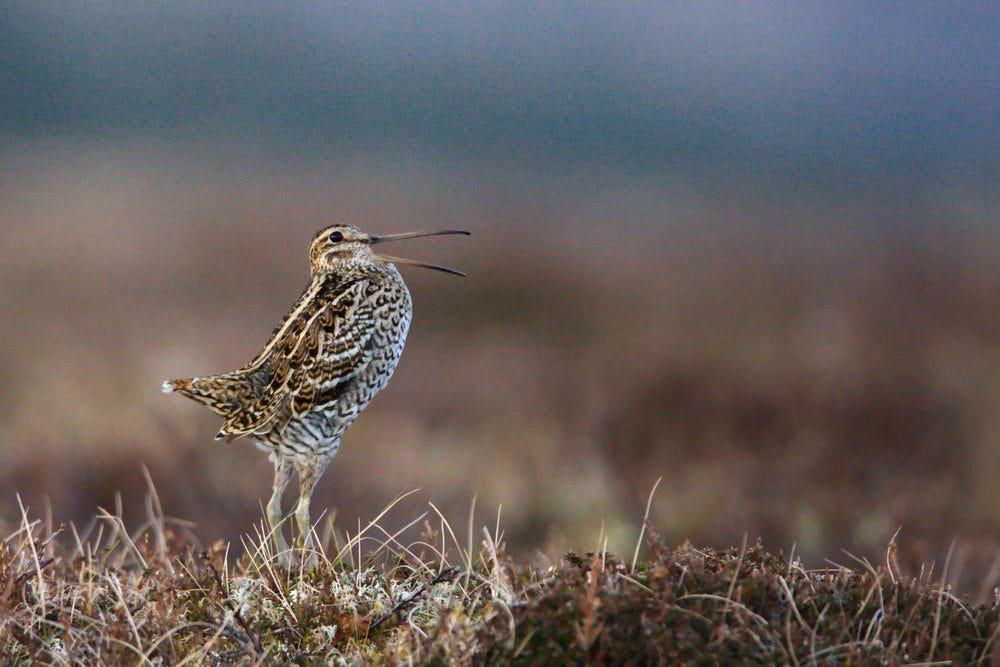
Good morning from… can you guess where? (Answer at the bottom!)
Uganda’s 19th-Century C-Sections

Long before Victorian surgeons were panicking over abdominal incisions, the medics of Bunyoro-Kitara (western Uganda) were casually pulling off Caesarean sections that actually saved both mother and baby. In 1879, a wide-eyed British medical student named Robert Felkin turned up on a missionary trip and watched a delivery so smooth it made European obstetrics look like amateur hour.
First, the anaesthetic: copious banana wine for mum, plus a topical splash to sterilise the surgeon’s hands and her belly. Next, a tidy midline cut, quick removal of the baby, and (brace yourself) red-hot irons to cauterise bleeding. The uterus was massaged shut, but left unsutured; the abdominal wall got iron needles and a reed-paste bandage. Pins came out on days three, five and six. Mum was reportedly chatting an hour post-op, breastfeeding by hour two, and fully on the mend within days.
Success wasn’t luck. Bunyoro culture “pre-gamed” pregnancy with iron-rich soups, millet bread and dark greens to ward off anaemia. The surgical team moved like a Formula 1 pit crew, and their outcomes embarrassed European doctors, whose C-sections still carried a death-sentence vibe.
Felkin’s write-up rocked 19th-century Europe; skeptics scoffed, but the evidence held. Moral of the story: while Western medicine was still debating whether women even belonged in operating theatres, Ugandan healers were perfecting a lifesaving procedure with banana wine and iron pins… and nailing the recovery time, too.
Sky Marathoner: The Great Snipe That Out-Flies Your Red-Eye
Ever tried booking a last-minute ticket from sub-Saharan Africa to northern Sweden, skipping the layovers, ditching the snacks, ignoring the in-flight movie, and barreling straight north for nearly three solid days… no aisle stretches, no bathroom breaks.
Well, that’s standard travel for the great snipe (Gallinago media). This pigeon-sized shorebird leaves its winter digs in Africa, points its bill toward Scandinavia or Russia, and rockets off at 60 mph, zipping across deserts, seas, and the odd sandstorm in as little as 60–90 hours of nonstop flight.
How does a creature not much bigger than your hand do it?
First, it climbs. By sunrise, each snipe has already stepped on an invisible avian escalator to altitudes topping 20,000 feet. Up there, the air is thin, the temperatures are freezer-cold, and the sun’s glare is unforgiving, but it allows the bird to conserve precious water it can’t stop to sip.
Second, altitude is the ultimate “no-fly list” for predators. Raptors such as peregrines tend to patrol below ten thousand feet; by sunrise the snipe is already soaring well above that danger zone. Come dusk (when hawks punch out for the night) the snipe glides back down into thicker, oxygen-rich air, snagging a little physiological discount on fuel consumption before sun-up sparks the next ascent.
Third, those elevator rides double as a sky-high vantage point. During daylight, the snipe surveys coastlines, rivers, and desert ridges that help fine-tune its internal GPS. Stars, solar position, and Earth’s magnetic whispers do plenty of navigational heavy lifting, but seeing a familiar river snaking across the Sahara from thirty thousand feet is still a comforting road sign when you’re crossing half a continent in a single gulp.
Add it up and the great snipe makes us frequent flyers look like amateurs: flawless route, no hidden fees, and not a grumble about seat pitch. It reminds us that nature still runs the slickest airline in town, and its top tier flier never needs to stretch its legs at the gate.
Beats Before Bars: The Label Giving Cameroon’s Street Talent a Mic

In Douala, Cameroon, when a van starts thumping bass through the neighborhoods, it may just be about to throw you a lifeline.
Jail Time Records, the label that started behind bars and is now rolling through the streets with a mobile recording studio, is handing the mic to young Cameroonians who usually get offered little more than a hard life and bad choices.
Founded by Steve Happi, Jail Time Records first made noise in 2019 from inside Cameroon’s toughest prison, offering inmates a chance to turn their pain into punchlines. But now it’s bringing the studio to the streets to catch talent before it winds up behind bars.
Jail Time Records goes to the ghettos, blasts music, and opens the mic, according to Happi. And after, most kids vanish, but some – a few – stick around. And those few could end up in the studio, on a track, maybe even on an album.
The stakes are real. With few opportunities, street life in Douala is heavy with the pull of gangs – known as “microbes” – and drug crime. And recording a song in that context isn’t only about catharsis, it can also be preventative.
When drug dealers are your neighborhood’s only role models, sometimes all it takes is a beat and a mic to offer another path. More on this here.
Food for Thought
“The eyes discern the beauty but not the kindness of a person.”
— Kenya Proverb
And the Answer is…
The photo is from Brazzaville, The Republic of the Congo. You can also send in your own photos, alongside the location, and we’ll do our best to feature them.



